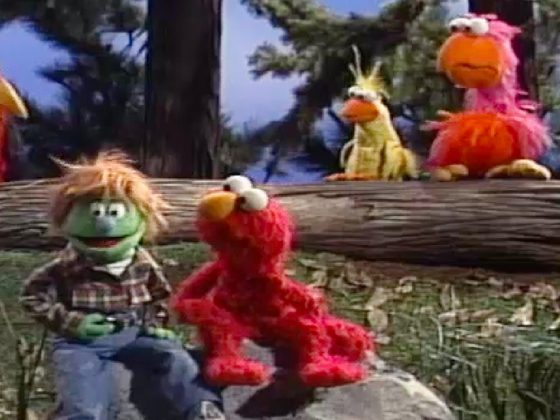
Learning Empathy
Show children that, no matter how different we are, we all share the same big planet.
- Watch the video together, then watch it again, asking children to name the animals they see.
- Point out that Earth is home to a lot of different creatures. Discuss the difference between wild animals and animals that depend on humans to care for them, those that can be pets. Talk about treating animals thoughtfully—whether it’s handling a pet gently and taking good care of it, or keeping a safe distance from wild animals and helping to make sure their habitats are clean and protected.
- Try one or more of these ideas:
- Invite kids to show you their favorite stuffed animal—toys are the first introduction many kids have to the animal kingdom. What sound does that animal make? How does it move (creep, fly, gallop, and so on)? Animals can’t talk, but they can communicate. Ask, “How do you think the dog is feeling when she’s wagging her tail?” “What might it mean when a cat rubs against your leg?”
- Read a story featuring animal characters.
- Go for a nature walk! Look around, and listen for animal noises. Even in urban areas, you can find birds, bugs (bees, ants, etc.), and people walking dogs. Use a plastic magnifying glasses to look at bugs up close.
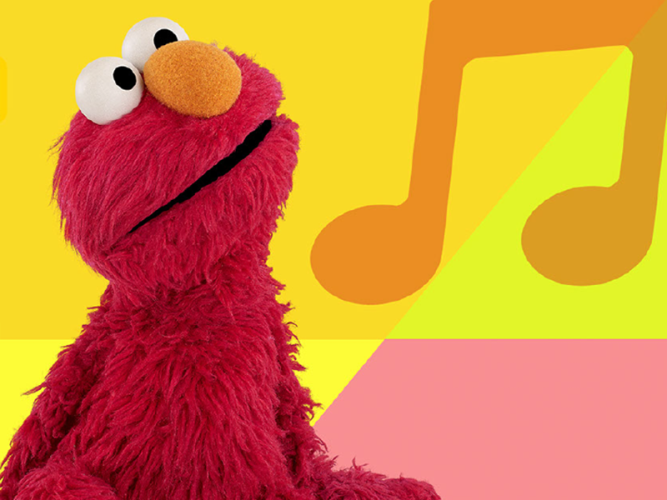
Mindful Monsters: Whole-Body Listening with Elmo
In this podcast, Elmo practices whole-body listening.
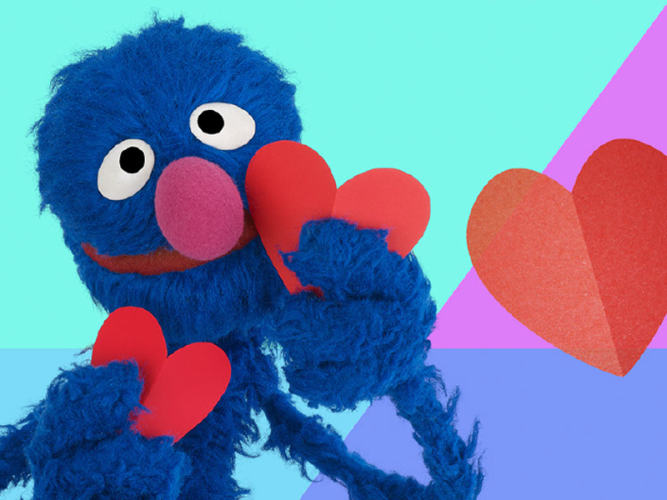
Mindful Monsters: Self-Love Mantras with Grover
In this podcast, Grover shares some mindful mantras.

Mindful Monsters: Look and Notice with Cookie Monster
Cookie Monster helps children practice mindfulness by looking and listening carefully to their surroundings.
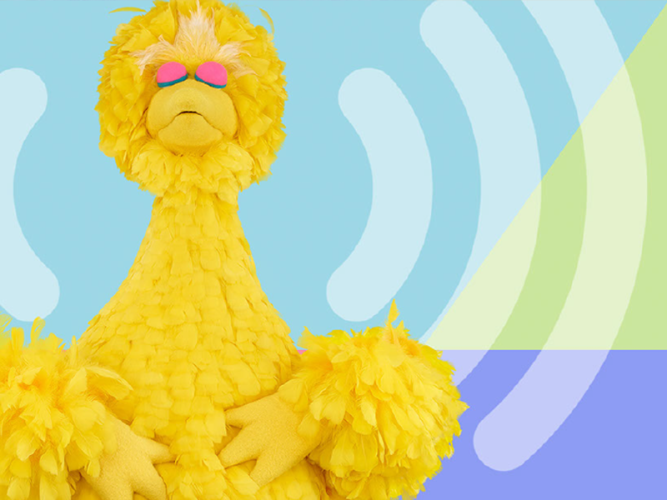
Mindful Monsters: Body Scan with Big Bird
In this podcast, Big Bird guides children through a mindful body scan.

Mindful Caregivers
Practicing mindfulness is a great way to slow down and reset.
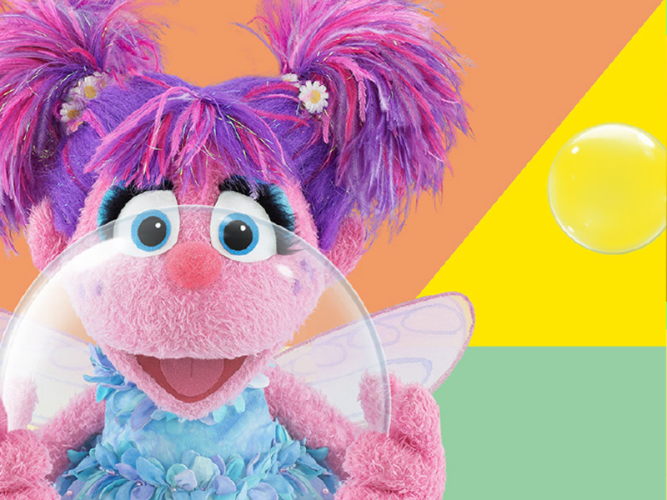
Mindful Monsters: Bubble Breathing with Abby Cadabby
In this podcast, Abby Cadabby guides children through a bubble breathing exercise.
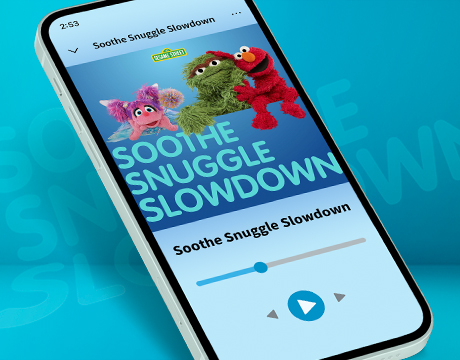
Soothe Snuggle Slowdown: Songs and Strategies for Restful Sleep
This curated playlist helps little ones (and their tired grown-ups) relax and unwind! A mix of mellow tunes sets the mood for naps, bedtime… or just some much needed down time.
